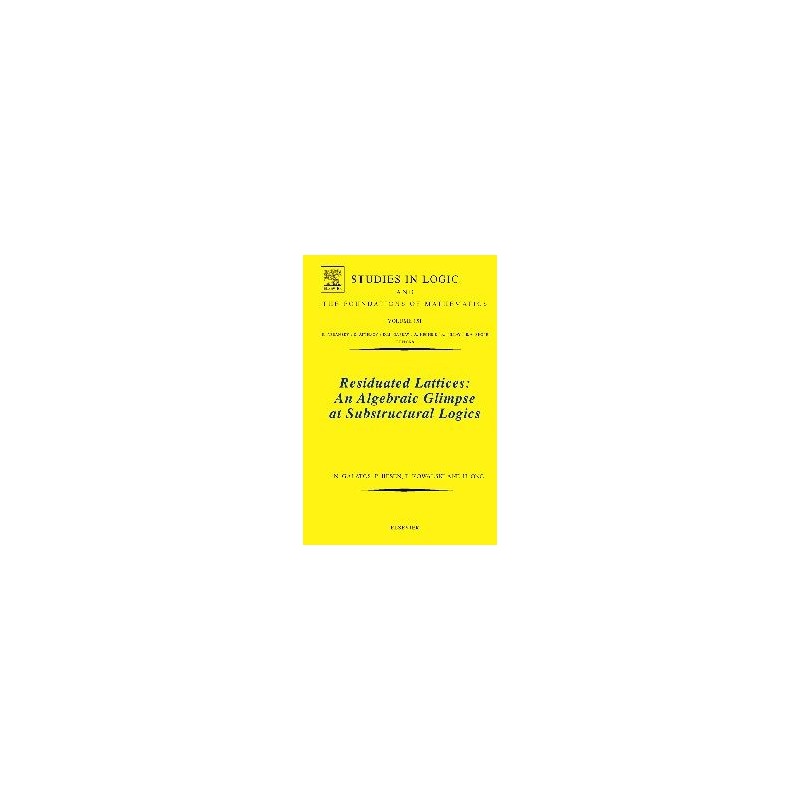- Out-of-Stock



No product available!
No product available!
HK Turnigy nano-tech 6000mah 2S2P 65~130C Hardcase Lipo Pack (17265)
No product available!
No product available!
SBC computer with SoC Allwinner H8 (8-core Cortex-A7 2 GHz, PowerVR SGX544MP) equipped with: in 2 GB RAM memory, 8 GB eMMC memory, WiFi a / b / g / n, Bluetooth, SATA 2.0 interface
No product available!
No product available!
No product available!
No product available!
No product available!
Male terminal block, angled, 7-pin. Pitch 3.81mm. Height 7mm. 15EDGRC
No product available!
No product available!
Compatible with Arduino UNO R3, Onboard MCU ATMEGA328P-AU. Waveshare: UNO PLUS
No product available!
No product available!
No product available!
Raspberry Pi Compute Module 3 with Broadcom BCM2837 processor clocked at 1.2GHz with 1GByte RAM and 4Gbytes of on-module eMMC flash
No product available!
No product available!

